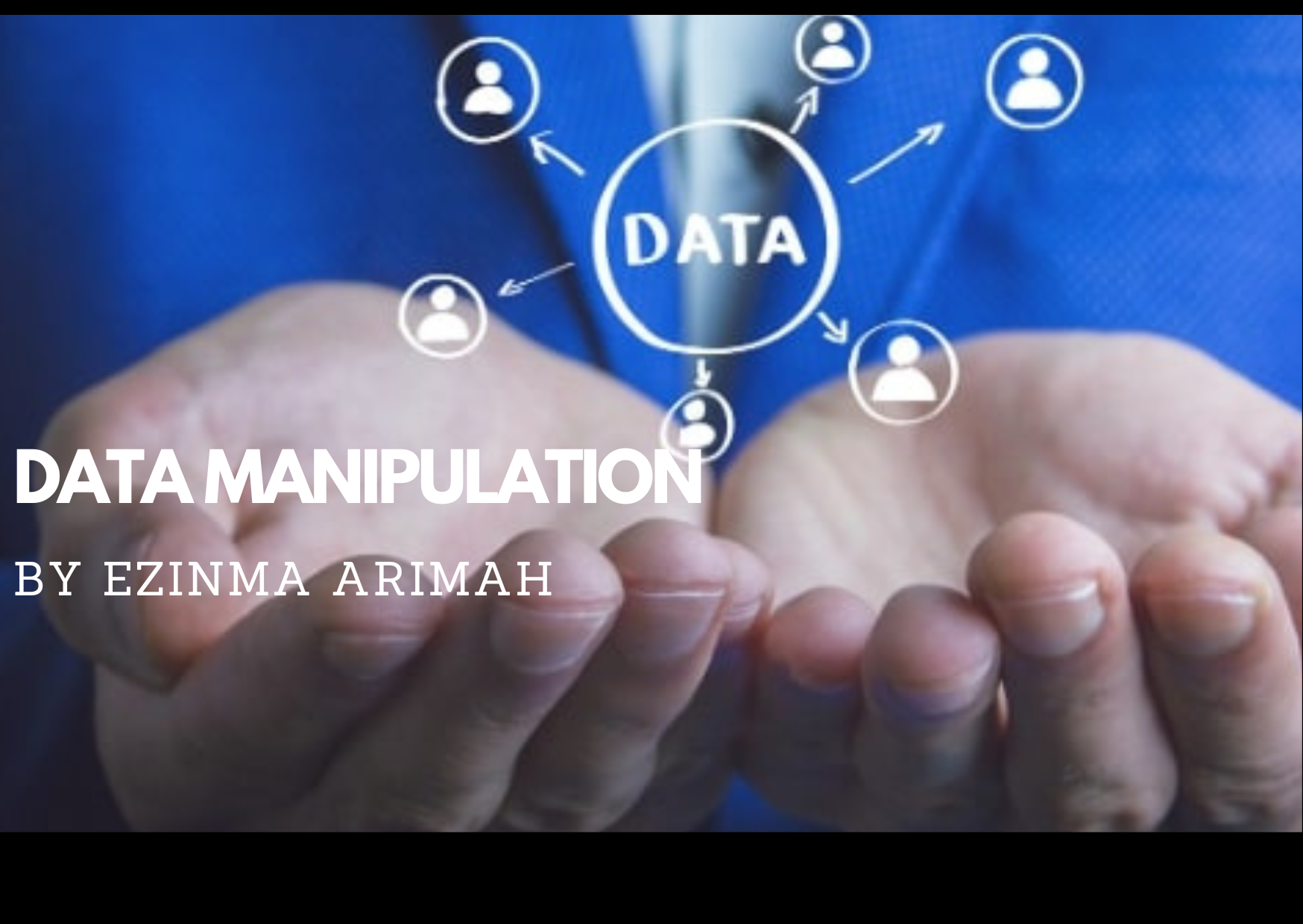Data Manipulation
 Ezinma Arimah
Ezinma Arimah
As the quantity of data being consumed and stored grows exponentially, data must be organized and sorted for the data to turn into useful insight to be used to make business decisions. It is therefore important to understand this skill of Data manipulation
WHAT IS DATA MANIPULATION
Data manipulation makes it easier to organize and analyze data as needed. Vital business functions such as analyzing trends, buyer behavior and drawing insights from financial data can be achieved through data manipulation. Data Manipulation is performed using DML (Data Manipulation Language). Data Manipulation Language refers to a computer programming language that allows users to add (insert), delete (delete), and alter (update) data in a database. One popular data manipulation language is Structured Query Language (SQL), which is used to update and retrieve data in a relational database using Insert, Select, and Update statements.
DATA MANIPULATION TOOLS
Data manipulation tools provide users with the tools to modify data, making it easier to read or organize. These tools make trends and patterns in your data easier to identify. For example, you can arrange a data log from maximum to minimum using a data manipulation tool so that discrete entries are easier to find.
Data manipulation involves sorting and rearranging data without necessarily changing the data. It includes operations to adapt data in the form that is needed to display information or feed and train an analytics model. The main goal of data manipulation is to alter the relationship (either logical or physical) that one data item has with another.
When using SQL- data change statements for data manipulation, four functions can occur, namely:
Select
Update
Insert
Delete
These commands tell the database where to select data from and what to do with it.
Here’s how it works:
SELECT: The select statement allows users to pull a selection from the database to work with. You tell the computer what to SELECT and FROM where.
UPDATE: To change data that already exists, you will use the UPDATE statement. You can tell the database to update certain sets of information and the new information that should be input, either with single records or multiple records at a time.
INSERT: You can move data from one location to another by using the INSERT statement.
DELETE: To get rid of existing records within a table, you use the DELETE statement. You tell the system where to delete from and what files to get rid of.
Other common operations used for data manipulation include row and column filtering, aggregation, join and concatenation, string manipulation, classification, regression, and mathematical formulas.
HOW TO MANIPULATE DATA:
To begin manipulating data, an understanding of the general steps and order of operations is essential.
To begin, you’ll need a database, which is created from your data sources.
You then need to cleanse your data, with data manipulation, you can clean, rearrange and restructure data.
Next, import and build a database that you will work from.
You can combine, merge and delete information,
Then analyze the data, to make all of this information come to life.
CONCLUSION
Data is created in different formats and is needed for business leaders to make insightful business decisions. Various departments, from marketing to sales, accounting to customer service, need data when it is manipulated and useful insight, extracted. Proper data analysis relies on the ability to perform data manipulation, which involves rearranging, sorting, editing and moving data around.
Subscribe to my newsletter
Read articles from Ezinma Arimah directly inside your inbox. Subscribe to the newsletter, and don't miss out.
Written by

Ezinma Arimah
Ezinma Arimah
I am a soon to be Data Scientist plunging into the Data world and taking in all I can learn. Please follow me on my journey to become a certified Data Scientist